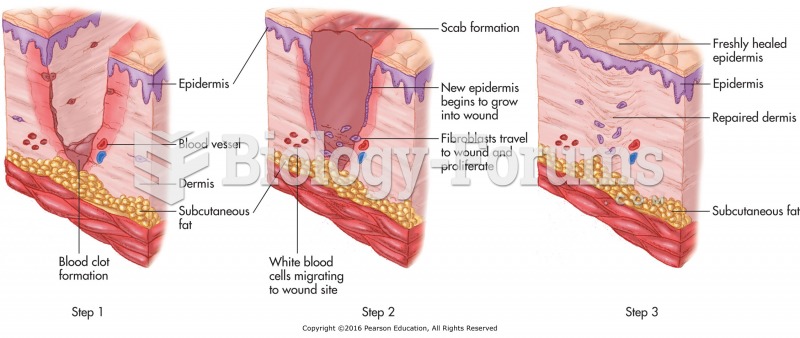Answer to Question 1
Open abdomen is a technique for the management of damage with an abdominal injury. A laparotomy is performed in order to open the abdomen to control hemorrhage and contamination in patients with severe physiological compromise. This is left open in order to prevent further complications when there is an increased pressure within the fixed abdominal cavity due to a traumatic event or various surgical conditions (diffuse peritonitis, acute pancreatitis, and mesenteric ischemia). Also, if the abdomen is closed too early, this can lead to a reduced blood flow to abdominal organs. This intra-abdominal hypertension (IAH) can lead to multiple organ dysfunction, or abdominal compartment syndrome (ACS). By relieving this pressure with an open abdomen post-laparotomy, the patient can be managed further in the ICU after transfer from the OR to correct various physiological deficits, through means such as further resuscitation, tissue perfusion, normothermia, correction of acid-base balance, and normalization of coagulation.
Because there is a wound purposefully left open to the environment, a complex dressing is required in order to protect this wound from infection or further complications. The most common of these dressings is a negative-pressure wound VAC which use suction devices with sponges embedded into a nonadherent plastic material placed in the peritoneal space. This negative pressure helps reduce tissue edema and provides a constant force that draws the fascia to the midline position. Because of this wound VAC, the open abdomen procedure is likely to be more successful with proper healing and protection. Thus, it is necessary with this patient's diagnosis to have a wound vacuum, due to the need for an abbreviated laparotomy and various GI resections.
Answer to Question 2
Increase caloric intake to 1600 kcal/day with 67-83 g protein.
Identify strategies to increase nutrient density of meals (add butter, drink liquids in between meals to prevent their effect on fullness, etc.).
Determine strategies to increase overall appetite.
Begin general multivitamin.







